‘Diadromous’ is a scientific word used to describe fish that migrate between fresh and salt water at different stages of their life. Diadromous fish are divided into two categories – those that move from the sea to rivers to spawn (like salmon) are called anadromous, while those that go in the opposite direction (like eels) are called catadromous. Ooh, that’s actual proper science.
‘Diadromous’ comes from a Greek word, diadromos, meaning ‘running through’ or ‘passing through’. It first appeared in English in the early 20th century.
Even this picture gives me the willies
If you know me personally, you might know that I have a bit of a phobia of fish in general (called ichthyophobia, fact fans), and particularly of sharks (I didn’t see Jaws until I was well into my twenties for precisely that reason). But it’s okay, because sharks only live in the sea, which I don’t go near very often. OR DO THEY? Let me introduce you to the bull shark which, unlike most sharks, can thrive (THRIVE) in both salt and fresh water, and regularly moves between the two. Oh, and bull sharks are also one of the most dangerous sharks in the world – they’re aggressive, have a powerful bite and often hunt in shallow, murky waters. Along with great white sharks and tiger sharks, they’re responsible for the highest number of recorded shark attacks on humans.
Bull sharks’ salt/fresh water adaptability has lead to them being found far inland in rivers and lakes including, famously, at the Carbrook Golf Club in Queensland, Australia. A flood in the 1990s swept six bull sharks into the golf course’s water hazard. When the water receded, they were stuck there, which made for an interesting game of golf, I’m sure.
The bull sharks’ invasion of the golf course has actually been good for both the club, and for science. The club made the most of the publicity by adding a shark to their logo, renaming their youth programme the ‘Junior Shark Academy’, and holding feedings at tournaments and corporate events – including one wedding in 2009 where all six sharks appeared at once (is that a good or a bad omen, I wonder?). Science-wise, previously no one had studied how long bull sharks could survive in low-salinity water – they had only been recorded twice before surviving for years in isolated bodies of water. One group made it at least four years in a freshwater lake in Panama in the 1980s, while another survived a decade in high salinity in South Africa’s Lake St Lucia after becoming trapped in 2002. Our golfing sharks stayed in the water hazard for at least 17 years – more than half a bull shark’s lifespan – which was unprecedented. It showed scientists that there’s presumably no limit to how long these sharks can live in freshwater environments like lakes and rivers, and that they could theoretically spend their entire lifetime in these habitats. Great.
No sharks have been seen at Carbrook since 2015 (although a comment on the YouTube video below begs to differ). But I’m sure people still think twice about retrieving any balls that find their way into that water hazard.










